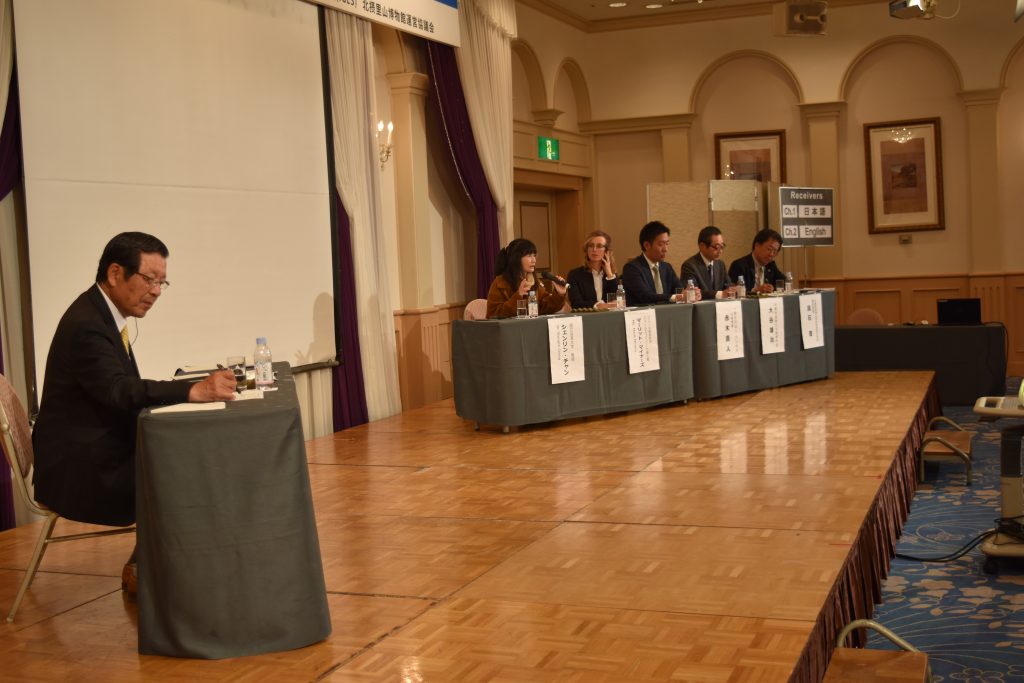Takarazuka, 18 November 2017 – APN, Hanshin-kita District Administration Office of the Hyogo Prefectural Government, the Institute for Global Environmental Studies (IGES) and the Hokusetsu Satoyama Museum Steering Council, jointly organized the Hokusetsu SATOYAMA International Seminar. The Seminar focused on domestic and international economic activities by using local natural resources from satoyama and satoumi*, and small businesses, which accommodate regional challenges. The Seminar received around 120 participants.
Dr Shenglin Chang, Professor at the Graduate Institute of Building and Planning, National Taiwan University, spoke on the effort of her team in preserving satoyama through sustainable tea production in Pinglin District. Ms Marit Miners, founder of the Misool Foundation and Director of Sales and Marketing at the Misool Private Resort, Indonesia, shared her experience in establishing an eco-resort to protect the natural environment of Misool Island and preserving the rich reefs of Raja Ampat.
From Japan, Mr Naoto Akagi, President of the General Incorporated Association Ashitaka in Maniwa City, Okayama Prefecture, introduced the experience of their Association in establishing small businesses by using local natural resources from satoyama, for example, producing fuel for firewood boilers and Japanese pickles made from white radish. Mr Yuji Otani, Specialist for Climate Change, Hyogo Prefectural Government, reported on the Government-led bioenergy project in producing bamboo tips from abandoned bamboo forests.

As a closing event, a panel discussion, coordinated by Dr Isao Nakase, Director of the Museum of Nature and Human Activities, Hyogo, was held to discuss on challenges and future prospects of economic activities using local natural resources from satoyama and satoumi.
*Satoyama is a word to describe a landscape which is characterized by a mosaic mixture of woodland, grassland, paddy field, farmland, ponds, canals and human settlements. The landscape have been maintained by appropriate human management where farmers grow rice, and cut grass to maintain soil fertility and feed animals, and wood for fuel and house-building materials. High levels of biodiversity have been maintained in these diverse habitats and it is also the home to a range of religious and cultural activities. Satoumi is characterized by the same spirit of harmonious human-nature interaction where coastal areas and seascapes enjoy higher levels of productivity and biodiversity.